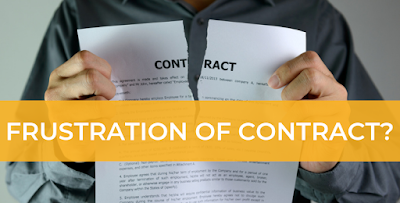
As the world becomes more aware of the acute
problems that arise with the environment, and knowledge of environmental
disasters has increased with widespread media coverage and the lucid arguments
of specialist groups. Though not a new ideology, the 1972 Stockholm Conference
marked a recognition of the concerns that often relate economic growth with
negative social and economic development.
The Secretariat’s study in at the Stockholm Conference investigated the
interconnections between environmental policy and its impacts on trade, this
led to the creation of EMIT
which was tasked with further investigating the impacts.
In parallel, China’s accession to the WTO sparked further concern as its
history of trade practices had shown little regard for environmental
protection.
The WTO has since taken numerous measures designed at achieving a healthy
balance between its primary purpose, trade liberalisation, and its peripheral
‘duty’, environmental protection; it is debatable whether such measures have
been successful.
The first and most mentioned step was the
addition of “sustainable development” into the WTO preamble. Comparisons show
that this element was absent from the GATT 1994 and it is suggested that this
addition marks a reorganisation of priorities. Furthermore, Article XXII of the
WTO adopts the principle laid down in GATT Article XX(g) that whilst
discrimination in terms of trade shall be allowed, as an exemption to the
normative prohibitions, where the exceptions are concerned with the
conservation of natural resources. However, the Appellate Body (AB) has been
tasked with applying test in a manner than ensures it is only invoked where
appropriate. To this end, the case of US-Shrimp evidences the AB asking whether
bans were justifiable under Article XX(g).
In respect of the above, Reid prefers the
test adopted by the AB in considering the necessity of a measure as opposed to
the typical EU tests which considers proportionality, it is argued that the
latter test compels or encourages a consideration of a crude cost-benefit
analysis.
Another example of the trade-environmental
balance is shown by the fact that whilst, in general terms, trade subsidies are
prohibited as they can be an indirect means of distorting competition, the WTO
has allowed subsidies for environmental purposes after it has been recognised
that environmentally friendly trade practices need to be encouraged.
One area where the WTO seems not to have acted as efficiently is that of
taxation. Some nations are in the habit of taxing environmentally harmful
emissions are part of their pledge to make trade practices more environmentally
friendly; conversely those who do not tax emissions could be seen as providing
an indirect subsidy to their industries – this provides a disincentive to those
who are taxing their emissions by reason of a distortion of competition.
In all, whilst the WTO has moved forward with
regards to environmental protection, a more consistent approach is required in
order to prevent their being a disincentive to those who are otherwise
concerned with environmental protection.


